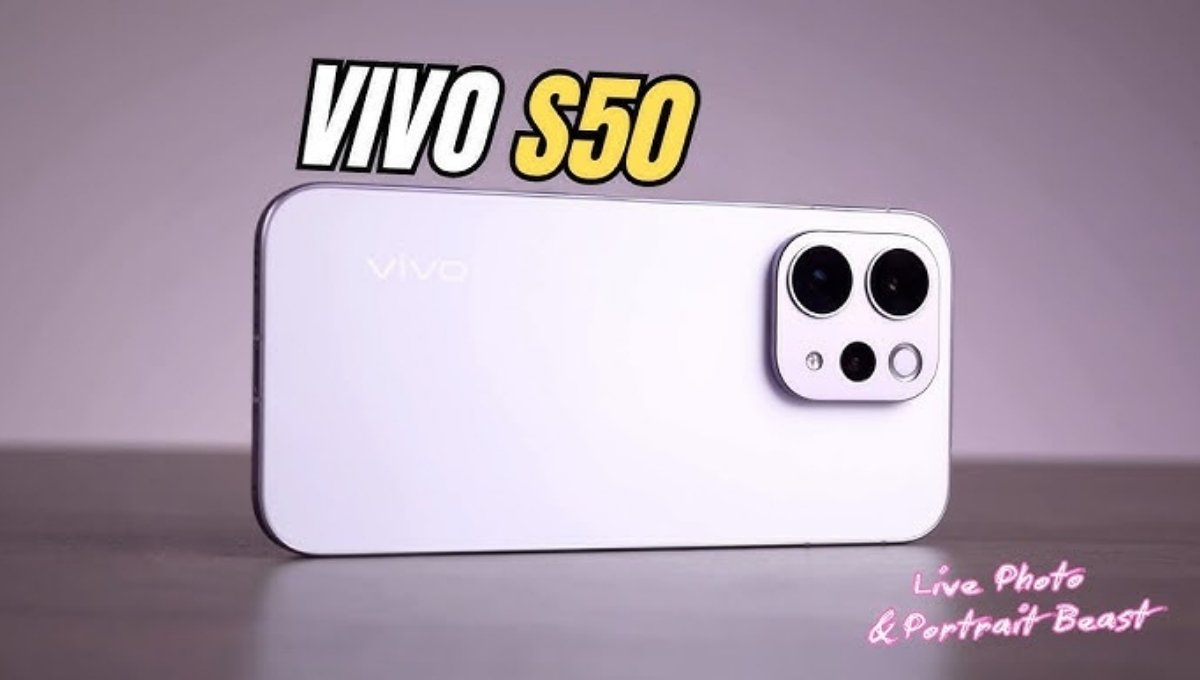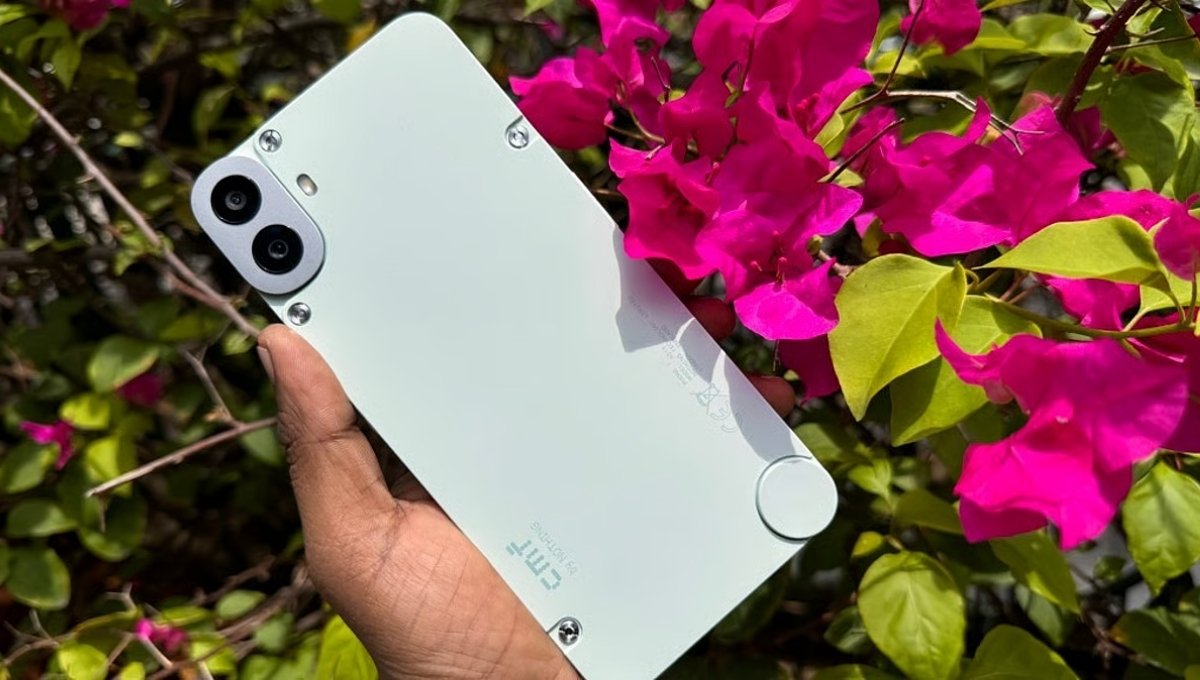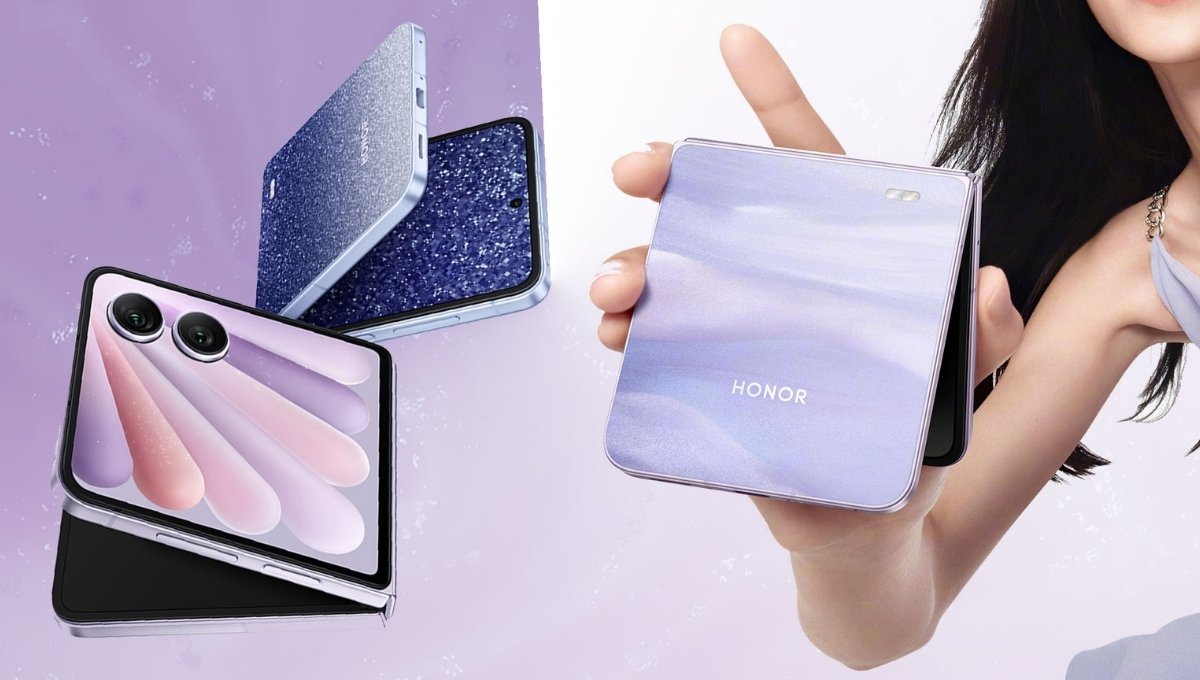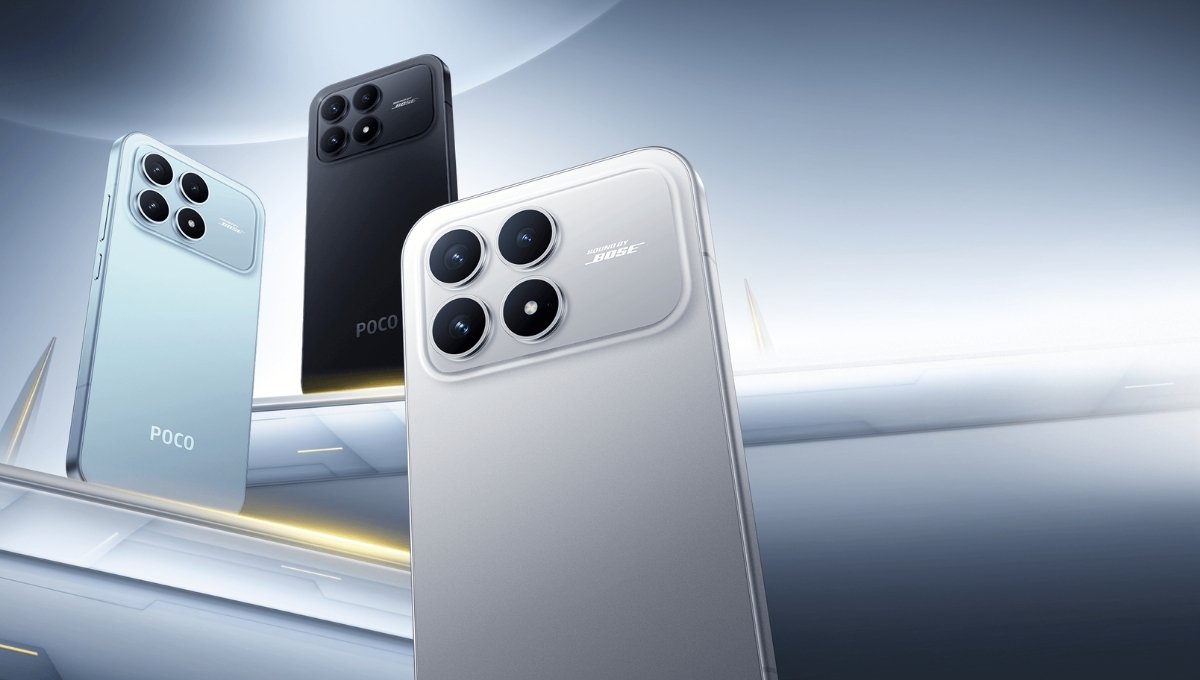Apple iOS 26, announced at WWDC 2025, marks a paradigm shift in mobile operating systems, blending cutting-edge design with transformative artificial intelligence (AI) capabilities. This update introduces the revolutionary Liquid Glass interface, redefines cross-language communication through Live Translation, and enhances device intelligence with Visual Intelligence and Genmoji innovations. Designed to optimize user experience while prioritizing privacy, iOS 26 sets a new standard for seamless interaction between hardware and software. Below, we explore its groundbreaking features, compatibility, release timeline, and strategies.
Liquid Glass: A Visual Revolution Inspired by Nature and VisionOS
The Liquid Glass design language, first showcased at WWDC 2025, reimagines iOS aesthetics with translucent, dynamic elements that mimic the optical properties of glass. Drawing inspiration from visionOS (the operating system powering Apple’s Vision Pro headset), this interface introduces fluid animations, frosted widgets, and adaptive transparency effects.
Key Design Principles
- Hierarchy and Harmony: Apps prioritize content over controls, with buttons, sliders, and toolbars adopting a glass-like finish that subtly reflects ambient light. This creates a cohesive visual experience across all applications.
- Motion Dynamics: Interface elements “squish and stretch” in response to touch, replicating the behavior of liquids. For example, opening an app triggers a ripple effect, while scrolling through menus produces a gel-like flexibility.
- Personalization: Users can customize lock screens with 3D motion wallpapers that react to device movement. The time display adapts to background colors, enhancing readability against varying wallpapers.
Critics have compared Liquid Glass to Windows Vista’s Aero Glass theme, citing similarities in translucency and reflection effects. However, Apple emphasizes that its design focuses on functional clarity, with menus that avoid obstructing content—a lesson learned from early beta feedback about readability issues.
Apple Intelligence: Smarter, Faster, and More Context-Aware
iOS 26 deepens integration with Apple Intelligence, the on-device AI system unveiled in iOS 18. By leveraging machine learning models directly on the iPhone, Apple ensures real-time responsiveness without compromising user privacy.
Live Translation: Breaking Language Barriers
- Real-Time Conversations: During FaceTime calls, Live Translation overlays captions in the user’s preferred language while preserving the speaker’s original audio. In Messages, texts auto-translate as they arrive, supporting nine languages, including English, French, and Simplified Chinese.
- Phone Call Assistance: Siri intervenes during calls with non-native speakers, providing spoken translations. This feature works even if the recipient uses a non-Apple device, though full functionality requires Apple iOS 26.
Visual Intelligence: Interacting with Screen Content
- Object Recognition: Pointing the camera at a product triggers a Google Lens-style search, displaying similar items on Etsy, Amazon, or other supported platforms.
- Event Detection: Scanning a flyer or screenshot with event details prompts Apple iOS 26 to suggest adding it to Calendar, complete with date, time, and location.
Genmoji and Image Playground
Users can now blend emojis with AI-generated visuals (Genmoji) or create custom artwork using text prompts (Image Playground). For instance, typing “a panda wearing sunglasses in oil painting style” produces a unique image, with options to refine facial expressions or accessories.
Redesigned Communication Tools: Phone, Messages, and Beyond
Phone App Overhaul
- Unified Interface: Favorites, Recents, and Voicemail merge into a single view, reducing navigation steps. A redesigned keypad features larger buttons with Liquid Glass effects.
- Call Screening: Unknown numbers are automatically answered by Siri, which asks callers to state their purpose. The phone only rings if the response aligns with user preferences (e.g., “urgent delivery”).
- Hold Assist: Detects hold music and mutes it, notifying users when a live agent returns. Ideal for customer service calls.
Messages Enhancements
- Background Customization: Apply dynamic Liquid Glass wallpapers to individual chats. Group polls now include AI-generated suggestions, like “Best time for dinner?” when discussing plans.
- Spam Filtering: Messages from unknown senders are diverted to a separate folder, similar to email spam filters.
Device Compatibility and Performance Requirements
Apple iOS 26 drops support for iPhone XS, XS Max, and XR, focusing on devices with A13 Bionic chips or newer.
Supported Models for Apple iOS 26
| iPhone Series | Models Supported |
|---|---|
| iPhone 16 | 16e, 16, 16 Plus, 16 Pro, 16 Pro Max |
| iPhone 15 | 15, 15 Plus, 15 Pro, 15 Pro Max |
| iPhone 14 | 14, 14 Plus, 14 Pro, 14 Pro Max |
| iPhone 13 | 13, 13 mini, 13 Pro, 13 Pro Max |
| iPhone 12 | 12, 12 mini, 12 Pro, 12 Pro Max |
| iPhone 11 | 11, 11 Pro, 11 Pro Max |
| iPhone SE | 2nd Gen (2020), 3rd Gen (2022) |
Note: Full Apple Intelligence features require iPhone 15 Pro/Pro Max or newer due to enhanced neural engine capabilities. click here to know more
Release Timeline Apple iOS 26 : Betas, Betas, and a Fall Finale
- Developer Beta: Released June 9, 2025, post-WWDC. Includes early access to Liquid Glass APIs and AI tools.
- Public Beta: Expected July 2025, offering stability improvements for non-developers.
- Official Release: September 2025, alongside iPhone 17 launch. Free via Settings > General > Software Update.
Writing SEO-Friendly Content About iOS 26: Best Practices
To rank highly for “Apple iOS 26,” balance keyword integration with user-centric writing:
1. Keyword Strategy
- Primary Keywords: “Apple iOS 26,” “Liquid Glass design,” “iOS 26 features.”
- Secondary Keywords: “Live Translation,” “Visual Intelligence,” “iOS 26 compatible devices.”
- Avoid Stuffing: Use variants naturally. For example, “Apple iOS 26’s Liquid Glass interface” instead of repeating “Apple iOS 26 Liquid Glass”.
2. Content Structure
- Headers as Signposts: Use H2/H3 tags for sections like “Liquid Glass Design” or “Apple Intelligence Features.” Google prioritizes well-organized content.
- Internal Linking: Reference related articles (e.g., “How iOS 26 Compares to Android 16”) to boost site authority.
3. User-Centric Depth
- Anticipate Questions: Address queries like “Is my iPhone compatible?” or “How does Live Translation work?”.
- Visual Aids: Embed videos demonstrating Liquid Glass animations or Genmoji creation, as multimedia content reduces bounce rates.
4. Originality and Citations
- Synthesize Sources: Combine insights from Apple’s keynote, tech analyses (e.g., CNET, TechRadar), and developer documentation.
- Cite Responsibly: Attribute statistics (e.g., “9 languages supported”) to original sources using hyperlinks or inline citations.
Conclusion: iOS 26 as a Catalyst for Mobile Innovation
iOS 26 transcends typical software updates by redefining how users interact with their iPhones. The Liquid Glass interface marries aesthetic innovation with functional clarity, while Apple Intelligence features like Live Translation and Visual Intelligence make devices more intuitive. For content creators, focusing on user intent—answering compatibility questions, explaining AI tools, and analyzing design changes.
Stay updated with developer beta findings and user feedback to keep your content relevant as iOS 26 evolves toward its fall release.
More The Insider Journal












